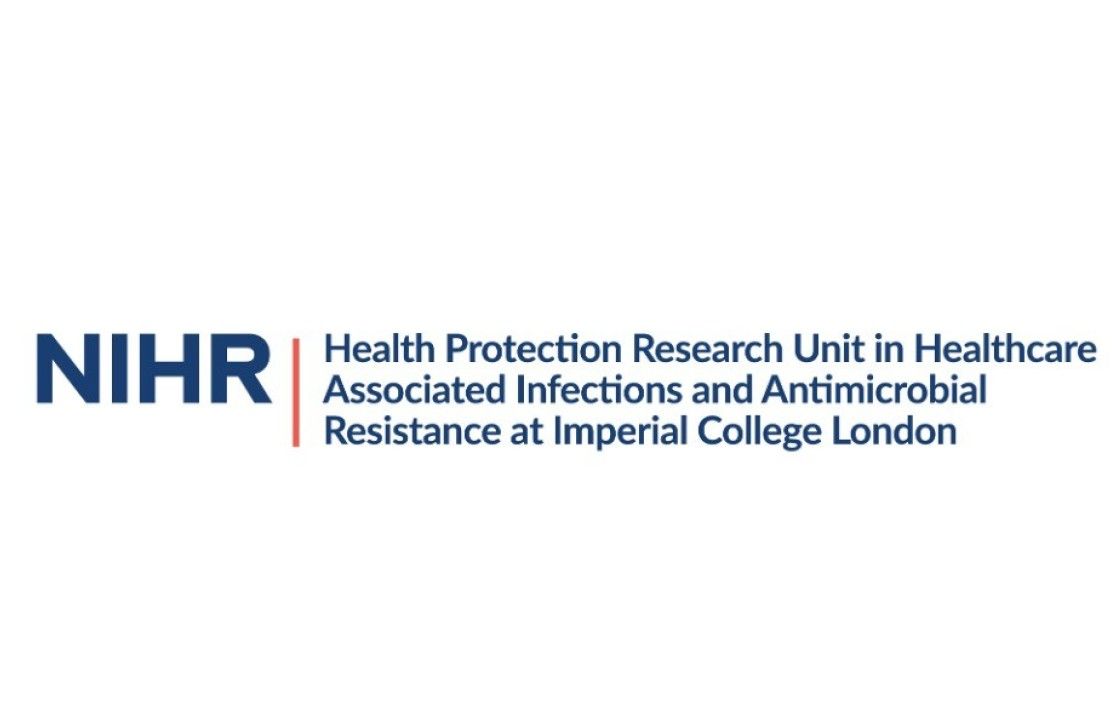BibTex format
@article{Phillips:2019:10.1136/bmjopen-2018-026624,
author = {Phillips, CJ and Gilchrist, M and Cooke, FJ and Franklin, BD and Enoch, DA and Murphy, ME and Santos, R and Brannigan, ET and Holmes, AH},
doi = {10.1136/bmjopen-2018-026624},
journal = {BMJ Open},
title = {Adherence to antibiotic guidelines and reported penicillin allergy: pooled cohort data on prescribing and allergy documentation from two English National Health Service (NHS) trusts},
url = {http://dx.doi.org/10.1136/bmjopen-2018-026624},
volume = {9},
year = {2019}
}
RIS format (EndNote, RefMan)
TY - JOUR
AB - OBJECTIVE: To investigate documentation of antimicrobial allergy and to determine prescribing adherence to local antibiotic guidelines for inpatients with and without reported penicillin allergy treated for infection in a National Health Service (NHS) context. SETTING: Data were collected at two English hospital NHS trusts over two time-periods: June 2016 and February 2017. DESIGN: Cohort study. Trust 1 data were sourced from prospective point prevalence surveys. Trust 2 data were extracted retrospectively from an electronic report. PARTICIPANTS: Inpatients treated for urinary tract infection (UTI), community-acquired pneumonia (CAP), hospital-acquired pneumonia (HAP) and skin and soft tissue infection (SSTI). Data on allergy were collected, and antibiotic selection assessed for adherence to trust guidelines with differences between groups presented as adjusted ORs. RESULTS: A total of 1497 patients were included, with 2645 antibiotics orders. Patients were treated for CAP (n=495; 33.1%), UTI (407; 27.2%), HAP (330; 22%) and SSTI (265; 17.7%). There were 240 (16%) patients with penicillin allergy. Penicillin allergy was recorded as allergy (n=52; 21.7%), side effect (27; 11.3%) and no documentation (161; 67.1%). Overall, 2184 (82.6%) antibiotic orders were guideline-adherent. Adherence was greatest for those labelled penicillin allergy (453 of 517; 87.6%) versus no allergy (1731 of 2128; 81.3%) (OR 0.52 (95% CI 0.37 to 0.73) p<0.001). Guideline-adherence for CAP was higher if penicillin allergy (151 of 163; 92.6%) versus no allergy (582 of 810; 71.9%) (OR 0.20 (95% CI 0.10 to 0.37) p<0.001). There was no difference in adherence between those with and without penicillin allergy for UTI, HAP or SSTI treatment. CONCLUSIONS: A relatively high proportion of patients had a penicillin allergy and two thirds of these had no description of their allergy, which has important implications for patient safety. Patients with penicillin allergy treated for CAP
AU - Phillips,CJ
AU - Gilchrist,M
AU - Cooke,FJ
AU - Franklin,BD
AU - Enoch,DA
AU - Murphy,ME
AU - Santos,R
AU - Brannigan,ET
AU - Holmes,AH
DO - 10.1136/bmjopen-2018-026624
PY - 2019///
SN - 2044-6055
TI - Adherence to antibiotic guidelines and reported penicillin allergy: pooled cohort data on prescribing and allergy documentation from two English National Health Service (NHS) trusts
T2 - BMJ Open
UR - http://dx.doi.org/10.1136/bmjopen-2018-026624
UR - https://www.ncbi.nlm.nih.gov/pubmed/30826801
UR - http://hdl.handle.net/10044/1/76348
VL - 9
ER -

